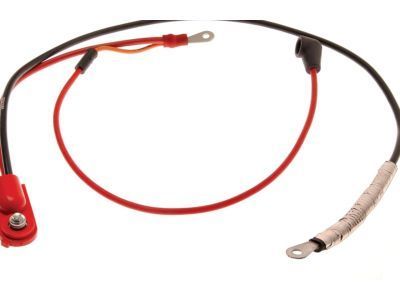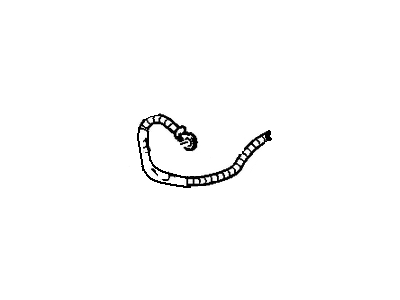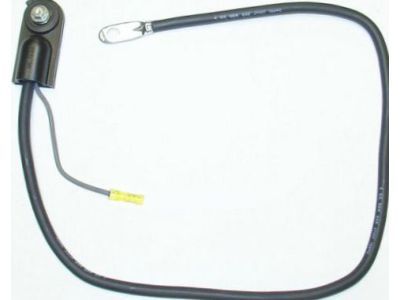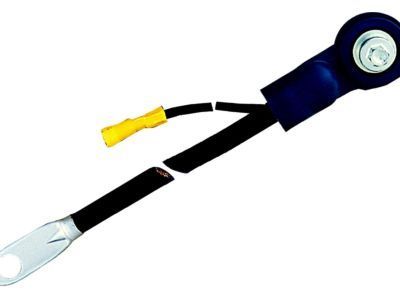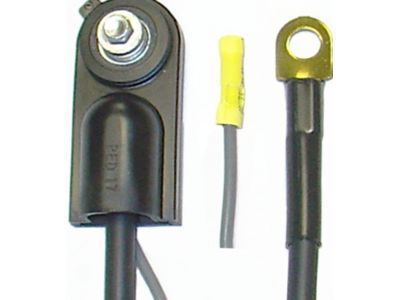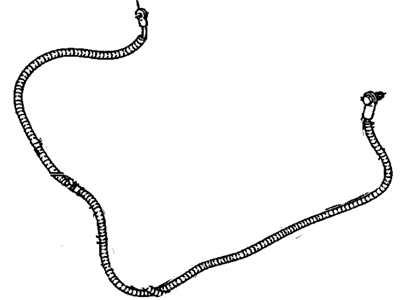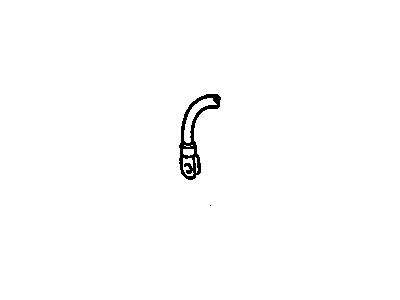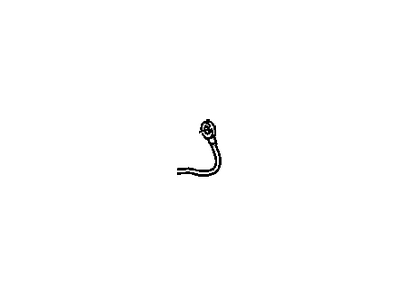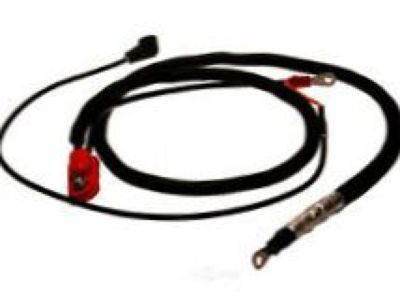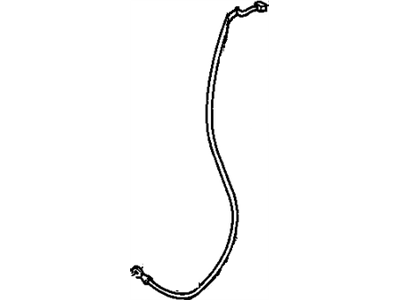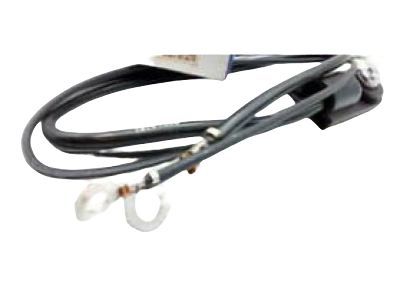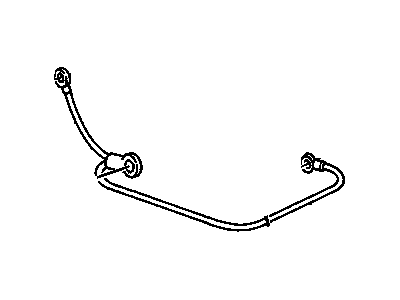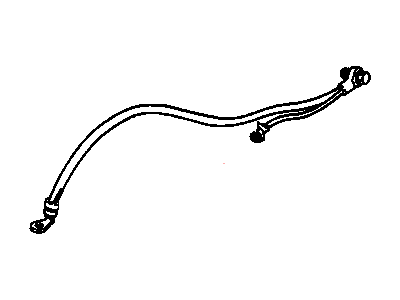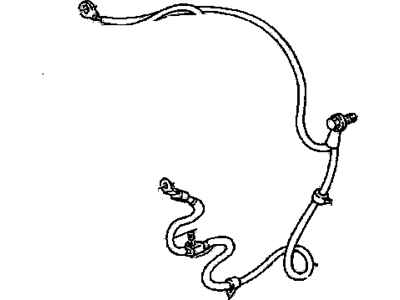
My Garage
My Account
Cart
Genuine Chevrolet S10 Battery Cable
Car Battery Cable- Select Vehicle by Model
- Select Vehicle by VIN
Select Vehicle by Model
orMake
Model
Year
Select Vehicle by VIN
For the most accurate results, select vehicle by your VIN (Vehicle Identification Number).
26 Battery Cables found
Chevrolet S10 Cable Asm, Battery Positive (41"Long)
Part Number: 15321065$246.00 MSRP: $464.16You Save: $218.16 (47%)Ships in 1-3 Business DaysChevrolet S10 Cable Asm,Battery
Part Number: 88860072$23.65 MSRP: $44.60You Save: $20.95 (47%)Ships in 1-2 Business DaysChevrolet S10 Cable Asm, Battery Positive (31"Long)
Part Number: 12157434$23.65 MSRP: $44.60You Save: $20.95 (47%)Chevrolet S10 Cable Asm,Battery Positive
Part Number: 88861284$22.41 MSRP: $42.28You Save: $19.87 (47%)Ships in 1-3 Business Days
| Page 1 of 2 |Next >
1-20 of 26 Results
Chevrolet S10 Battery Cable
Battery Cable in Chevrolet S10 refers to assemblies that are part of the BCI group and are used to deliver electrical power from the battery to other electrical equipment to enable the starter to work and start the engine. If oxidized, worn, or corroded over the years the cable may result in starting difficulties or total failure to start. Chevrolet S10 Battery Cable are usually a power cable that carries a positive polarity and an equipment ground cable that is negative. These cable systems should also be periodically checked so their effectiveness will increase because problems like worn out rubber sheath or corroded connected terminals arise. In those cases, high quality replacement battery cables can be purchased which are made to strict standards and will provide long life of service.
Each OEM Chevrolet S10 Battery Cable we offer is competitively priced and comes with the assurance of the manufacturer's warranty for the part. Furthermore, we guarantee the speedy delivery of your orders right to your doorstep. Our hassle-free return policy is also in place for your peace of mind.
Chevrolet S10 Battery Cable Parts Questions & Experts Answers
- Q: How to inspect and replace battery cables on Chevrolet S10?A:Periodically inspect the entire length of each battery cable for damage, cracked or burned insulation, and corrosion. Poor battery cable connections can cause starting problems and decreased engine performance. Check the cable-to-terminal connections at the ends of the cables for cracks, loose wire strands, and corrosion. The presence of white, fluffy deposits under the insulation at the cable terminal connection is a sign the cable is corroded and should be replaced. Check the terminals for distortion, missing mounting bolts or nuts, and corrosion. If only the positive cable is to be replaced, be sure to disconnect the negative cable from the battery first. Disconnect and remove the cable, making sure the replacement cable is the same length and diameter. Clean the threads of the Starter or ground connection with a wire brush to remove rust and corrosion, and apply a light coat of petroleum jelly to the threads to ease installation and prevent future corrosion. Attach the cable to the starter or ground connection and tighten the mounting nut securely. Before connecting the new cable to the battery, make sure it reaches the terminals without having to be stretched. Connect the positive cable first, followed by the negative cable, and tighten the nuts. Apply a thin coat of petroleum jelly to the terminal and cable connection.
Related Chevrolet S10 Parts
Browse by Year
2004 Battery Cable 2003 Battery Cable 2002 Battery Cable 2001 Battery Cable 2000 Battery Cable 1999 Battery Cable 1998 Battery Cable 1997 Battery Cable 1996 Battery Cable 1995 Battery Cable 1994 Battery Cable 1993 Battery Cable 1992 Battery Cable 1991 Battery Cable 1990 Battery Cable 1989 Battery Cable 1988 Battery Cable 1987 Battery Cable 1986 Battery Cable 1985 Battery Cable
